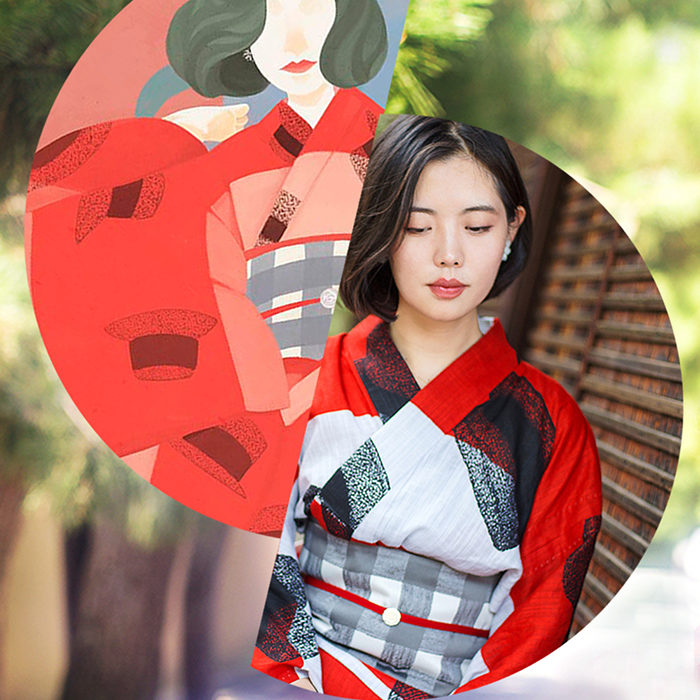Personally,national costume is a very interesting category to learn. And the “National” word itself has a strong geographical meaning inside, therefore the costume is the most obvious, regional cultural symbols to present the nations (the other is the ‘language’), it is a specific culture symbol – simple, direct and effective. Which has been evolving progressively over time accymulating the evolution of group of people or a tribe. Similar to a sponge that over time collects more and more data. So in a way you can think of it as a historial data collecting device.
For a long time I have been declaring myself as a Culturist who is willing to explore various different national contents, however, I must admit it is not easy. In reality the boundaries of cultures are quite obvious, sometimes it could be difficult between countries with similar cultural backgrounds, or even in the same country.
In fact, this “limit” of Consciousness is precisely the essence of national culture.
I have been to Kamakura and Kyoto this summer again since 2 years. But it is my first time to dress Yukata properly this time. I didn’t choose the typical traditional style but the print with modernised French elements. As everyone knows Yukata is simple and causal suit type, however, those multiple steps of wearing details were still quite complicated to grasp easily. As soon as I dressed in Yukata, my action was limited immediately, I had to walk lightly and slowly, although it made me look more gentle than usual. Walking through the temple and shrine, sitting next to the river path…everything contained a timeless hint, as if I had travelled back in time. So did I have watch the hanabi on the shore of Kamakura, I have to say these kind of activities are a pretty clever way to combine Japanese traditional artsy culture and contemporary business marketing together.
On this point, I couldn’t help to think of the Han costumes, the Chinese traditional clothing.( not cheongsam)
Kimonos and Han clothing literally come from the same source, but they are completely different costumes, from the cut , decoration details to the way of wearing. this is the essential difference between these two nationalities. Compared to kimono, Han clothing is more “ free style ”,yet
this desirability is not really suitable for the daily routine of contemporary society. But the most important reason is the Han costumes does not have such a condition to heritage. The heritage of traditions in China is more challenging than other regions because of the multi-ethnic cultural integration. With the regime turned over and over,the evolution of tradition has been accomplished in its own way after collapses and restructures many times. Therefore, I don’t think that any specific costume can present Chinese culture in a significant way, the Han language is more adhesive and representative.
A national symbol represents thinking and aesthetics in a regional and unique way , it is timeless. We can not simply define it with our contemporary standard.
The spirit of humanity, the hint of eternity.
Illustration by Nancy Zhang
Photography by Takeshi Suga
At Dadokuji temple, Kyoto

